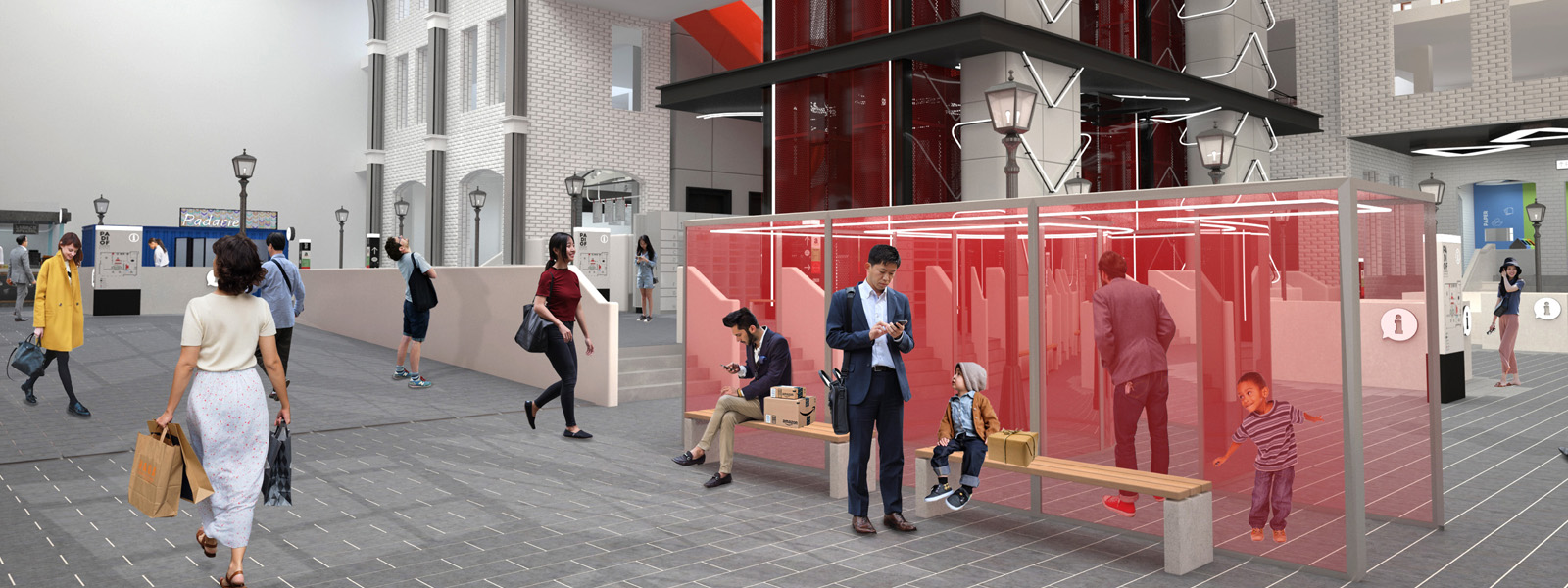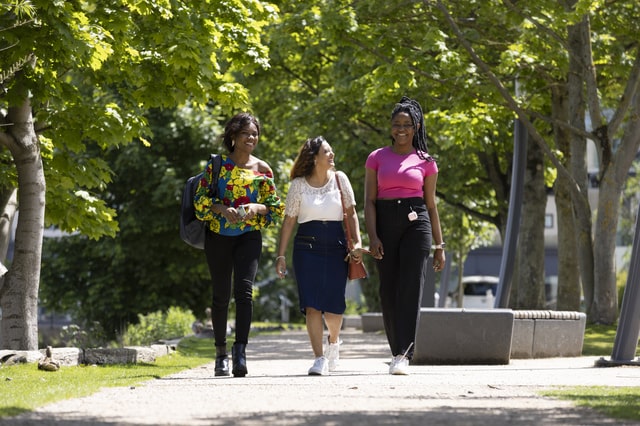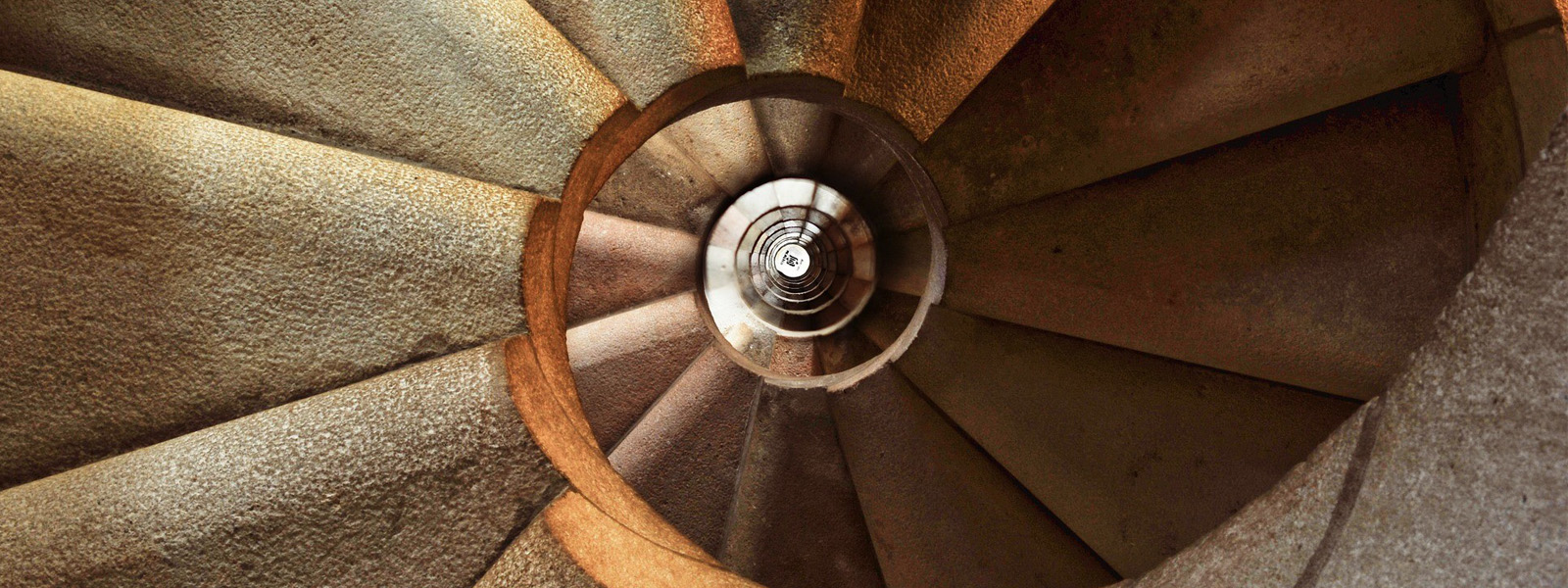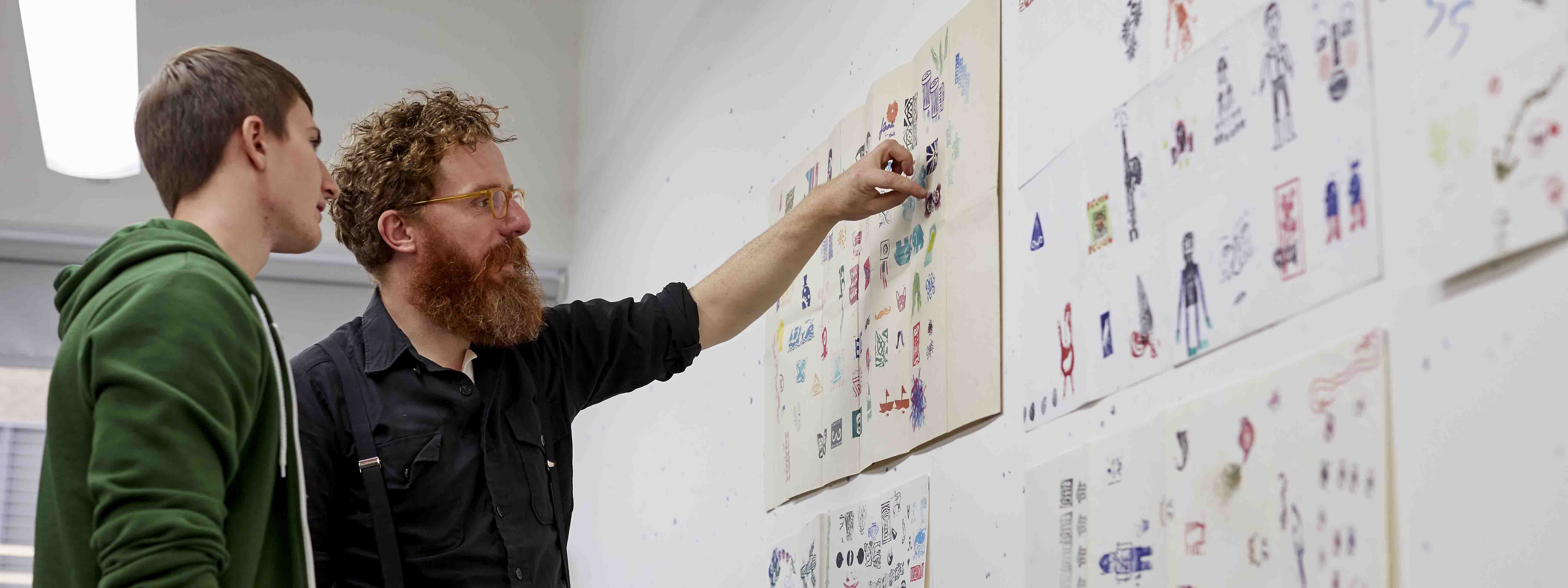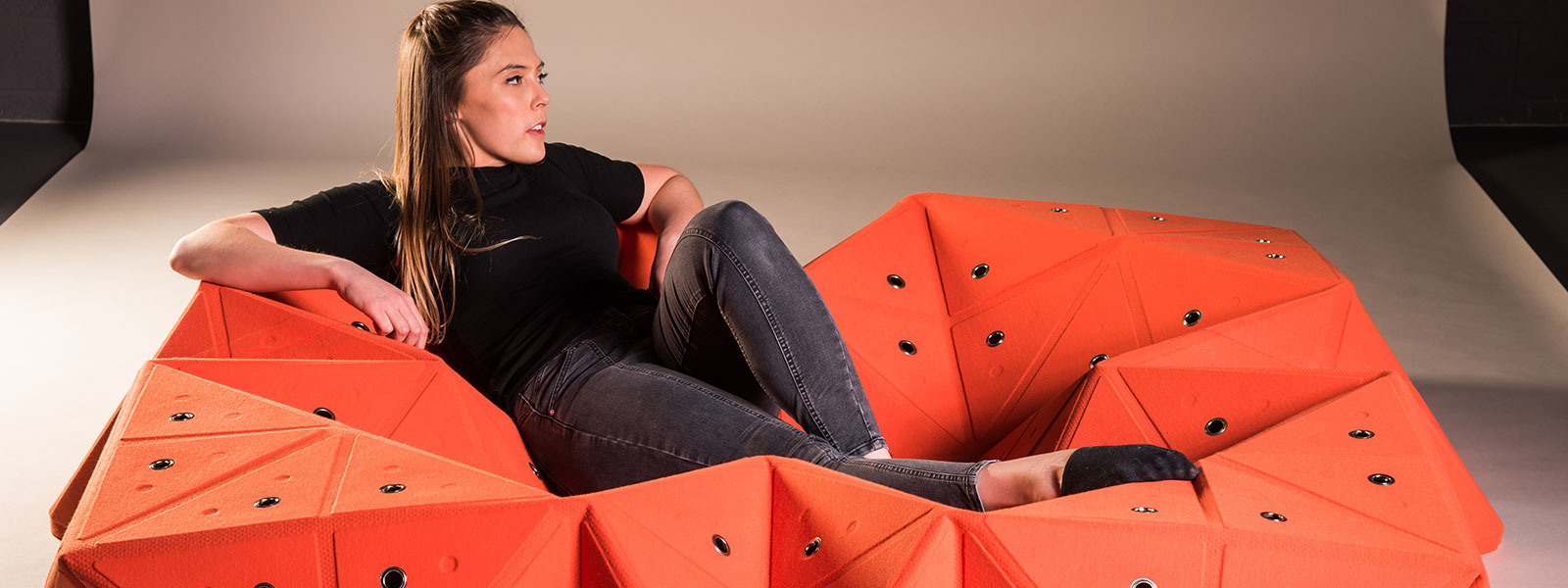Module Overview
The module is presented from a conceptual and strategic point of departure to develop and enhance previously acquired fundamental design skills. The focus is on insertion as a mode of production which considers issue, type, user/audience, theory/concept, and site/venue. Content analysis, interpretation and thematic planning is to focus on the user/audience or content as design generators.
Module Overview
The module takes the integration of behavior, narrative and technology into account when developing spatial proposals. The built environment or contextual brief is considered as a cultural artefact which is informed by its context. Insertion is the mode of production under consideration which includes long-lived typologies.
Module Overview
The technical resolution and communication of a previously developed design concept or new project. The module is student-led with a concentration on design development, detail, and specificity.
Module Overview
Selected visual research methods are covered in greater depth. The relationship between theory and practice is considered. Students are introduced to meta-theoretical perspectives and expected to formulate their own normative positions in response to context and paradigm. Reflective practice in collaboration is fostered; further at the completion of the module students are expected to be proficient in academic presentation, including verbal (written and spoken) and visual communication.
Module Overview
The module takes the integration of behavior, narrative and technology into account when developing spatial proposals. The built environment or contextual brief is considered as a cultural artefact which is informed by its context. Insertion is the mode of production under consideration which includes long-lived typologies.
Module Overview
The module takes the integration of behavior, narrative and technology into account when developing spatial proposals. The built environment or contextual brief is considered as a cultural artefact which is informed by its context. Insertion is the mode of production under consideration which includes long-lived typologies.
Module Overview
This module is optional for undergraduate students within the College of Social Sciences and Humanities. Study Abroad enables you to study at one of the University’s approved partner institutions.
During the time spent abroad, you can share classes with local students and study modules at the partner institution which have been approved in advance by the University. As many partner institutions support internships, you may choose to combine study with work and/or a period of volunteering.
Module Overview
Selected visual research methods are covered in greater depth. The relationship between theory and practice is considered. Students are introduced to meta-theoretical perspectives and expected to formulate their own normative positions in response to context and paradigm.
Module Overview
This module provides an opportunity for students in the Lincoln School of Design to spend a semester in Year 2 studying at one of the University’s partner institutions. In academic terms, during the semester abroad students undertake a course load at the partner institution of equivalent standard to that of the semester A programme at Lincoln.
Participation in study-abroad also offers unique opportunities for personal student development. Although students will be supported through the application process by the module coordinator and colleagues at the partner institution, much of the responsibility for organising the time abroad rests with students. Study abroad offers the basic experience of adapting to and working effectively within a different academic culture.
A limited number of places will be available each year, and participation is subject to the School's approval, based on the above and on students’ records of attendance, academic achievement, and participation.
Module Overview
The Work Placement Year aims to give students a continuous experience of full-time work within an organisation. It should be a three-way co-operative activity between employer, student and University from which all parties benefit. It is more than simply obtaining work during a gap in study – work placements should enable students to experience at first hand the daily workings of an organisation while setting that experience in the broader context of their studies.
The Work Placement Year constitutes a minimum of 24 weeks work placement during an academic year, funded by full-time paid employment, normally taking place between year 2 and year 3. (It should be noted that leave does not count as part of the 24 weeks.)
All students on the Work Placement Year as part of their full-time undergraduate study will remain enrolled with the University during the period of placement and receive support. Students originally enrolled on 3 year programmes wishing to transfer to the 4 year programme must do so before the commencement of their placement, should gain the consent of their funders, where appropriate, and advise the University of their intentions before the September enrolment.
Students on three-year programmes who suspend their studies for a year to gain work experience will not be officially recognised as placement students on the Placement Year, will not be enrolled for the Work Placement Year will not be supported by the University and are not considered as students of the University for that year.

